ECdesigns PowerDAC-SX Stereo HIFI Integrated DAC – Ultimate Levels Of Power And Control
ECdesigns PowerDAC-SX is a 3450 EURO / $3700 USD DAC which can directly drive speakers, and balanced headphones without using any amplifiers. It comes with a remote, and it is one of the most interesting and unique stereo sound reproduction solutions in the whole world. Today we will review the PowerDAC-SX, how it sounds like, and also compare it to other high-end stereo HIFI Amplifiers, including Keces S300+ (3499 USD), Cyrus One Cast (2000 USD), and Jadis Orchestra Reference (4500 USD).
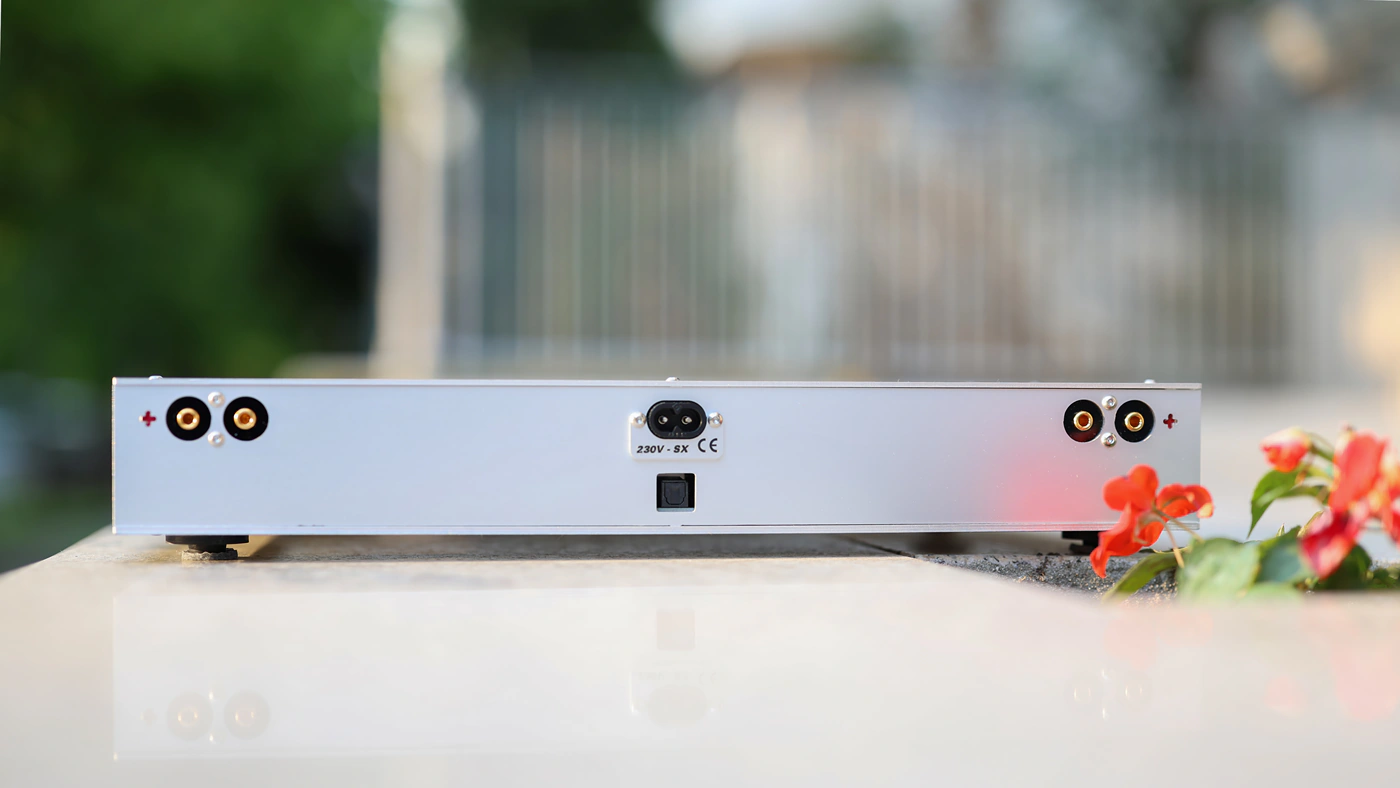
Introduction
ECdesings created something entirely new and unique in their PowerDAC-SX, and we have a Digital Audio set, or a complex combo, with integrated lossless volume control. This is the first company that I know to implement a discrete multibit fractal-15 bridge matrix DA converter intended for driving speakers and balanced headphones, so it will be a really interesting review to explore what the Power DAC SX is and how it sounds like. A huge thanks to ECdesigns for providing us with the sample for this review.
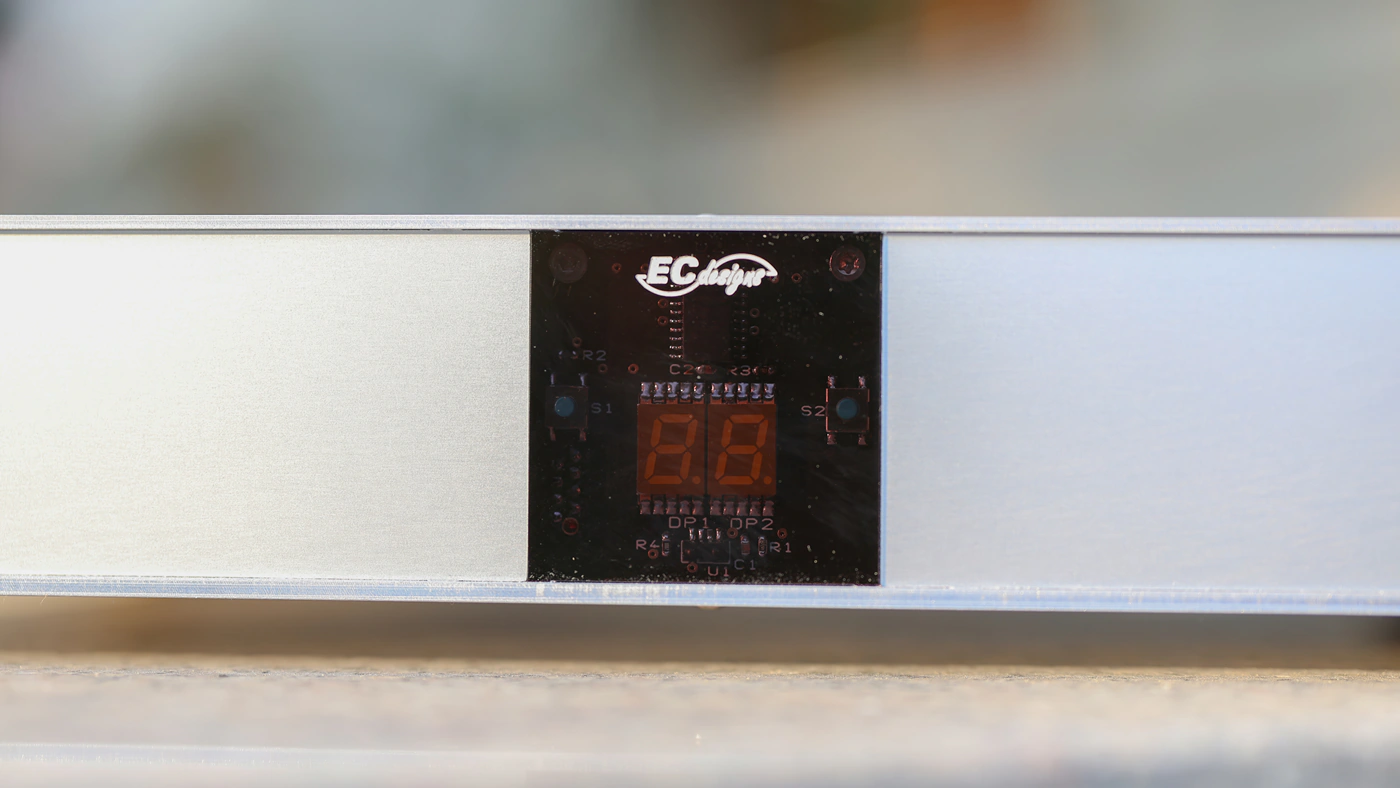
PROs – Excellent resolution, superb build quality, useful remote included in the package. This is basically what technological innovation looks like, and it actually sounds excellent without background noise or any kind of interference, despite it embedding absolutely everything in a single unit. It is so integrated that it has just the optical input and the Speaker output, with nothing else. Wide soundstage and excellent dynamics even at low volumes, plus low power draw at lower volumes, with the unit staying cool, plus excellent control even at very high volumes.
Cons – None really, even price / performance is great for the sonic quality and drivingh power it has.
Product Link
You can grab one here – https://ecdesigns.nl/product/powerdac-sx/
Build Quality/Aesthetics
Starting with the overall designs, PowerDAC SX looks industrial, with a full metallic chassis and a mini display at the front. The display is actually a controller on which you can press, the corners being buttons that change the volume, and which are mapped the same way as the remote, the bottom left corner being for decreasing the volume, bottom right for increasing the volume and top right corner being for muting the sound or unmuting it. The whole chassis is made of anodised aluminum, and the whole DAC feels sturdy, having fons on the sides for better cooling and heat dissipation.

For the power conversion, ECdesigns smartly embedded a linear 115 / 230V mains power supply, and this works via a 2-way Euro 8 Power Socket. For the data input, we have a 192 / 24 Toslink DAP{IO Receiver, with a low jitter masterclock and integrated bit-perfect tester. The remote control is an anodised aluminum remote, heavy and looking awesome, but which uses a Mini USB charging port, for which the company provides a spare cable. This remote is unlikely to completely drain in about a year of usage, so I don’t see the charging port of the cable as too much of an issue, but I would try to keep the cable in a safe spot so as not to lose it.
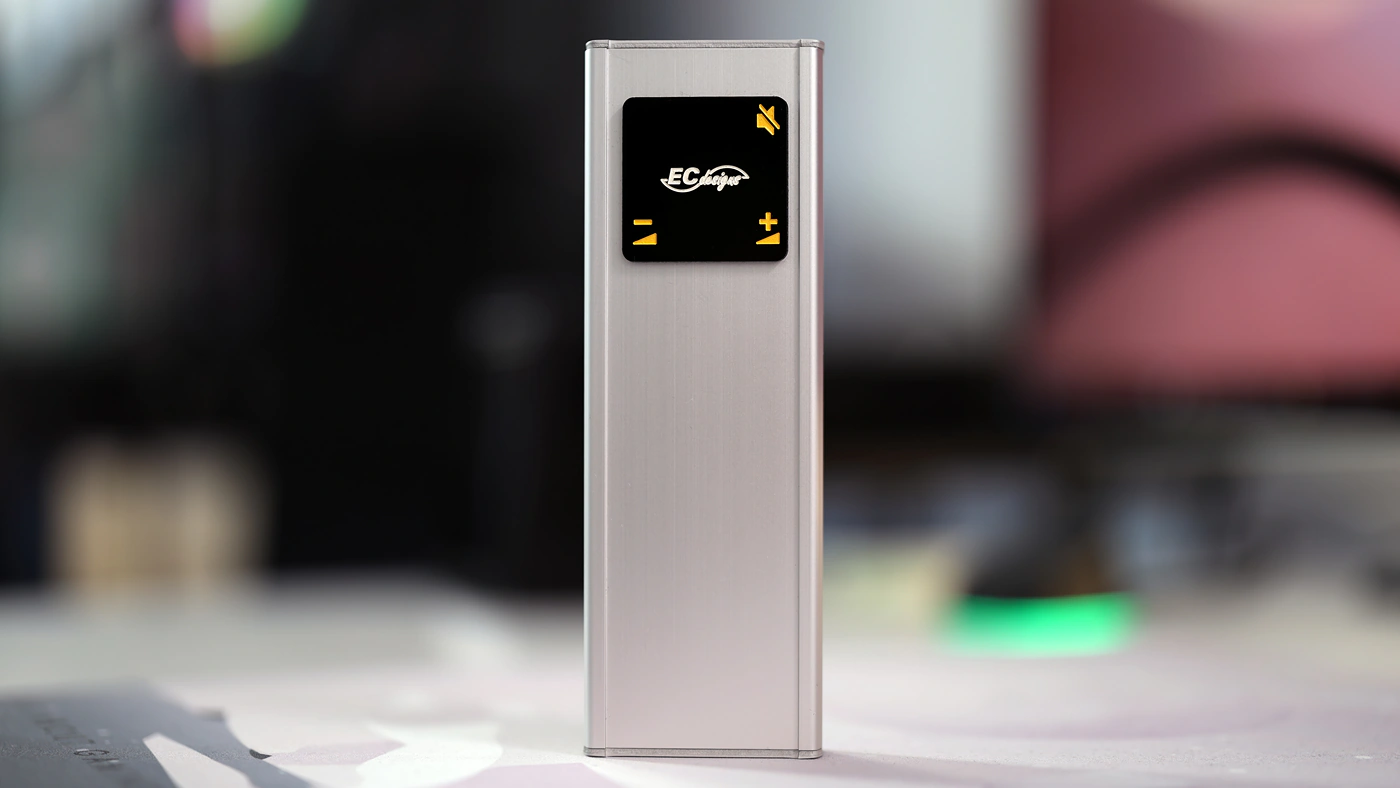
Explaining what it looks is simple, but PowerDAC-SX is a discrete multi-bit high power bridge mode Digital to Analog converter without any amplifiers or buffer circuits in the signal path from the source to the speakers. This is the only DAC that I know of which outputs the signal straight from the DAC to the speakers, with no amplifiers needed. The volume control is integrated and it is lossless. The whole design relies on Bit Shifts, Resistor attenuator and switch matrix to generate the output signal. You can even drive headphones from the PowerSX-DAC if you use an attenuator such as the one that comes with HIFIMAN HE6SE.
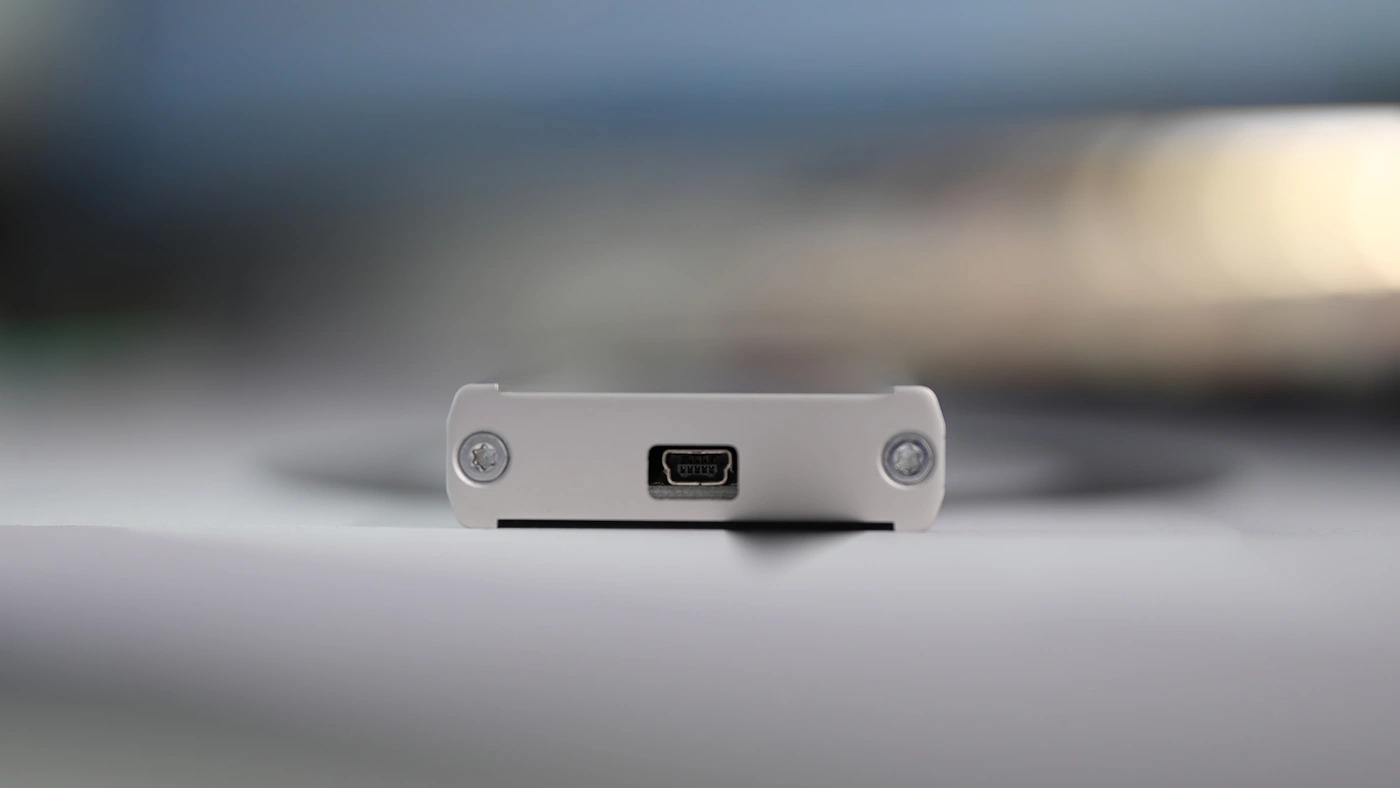
To use the PowerDAC-SX, you will be using the 4mm sockets, which are compatible with most bana or jacket connectors for speaker cables, and the plus is indicated on the back of the PowerDAC-SX so you know what you’re connecting to. The theory of the design is basically the simplest possible for a power amplifier, and in theory this should also result in the lowest distortion possible, with Power-DAC SX having what I would consider to be the most direct approach to sound and music.
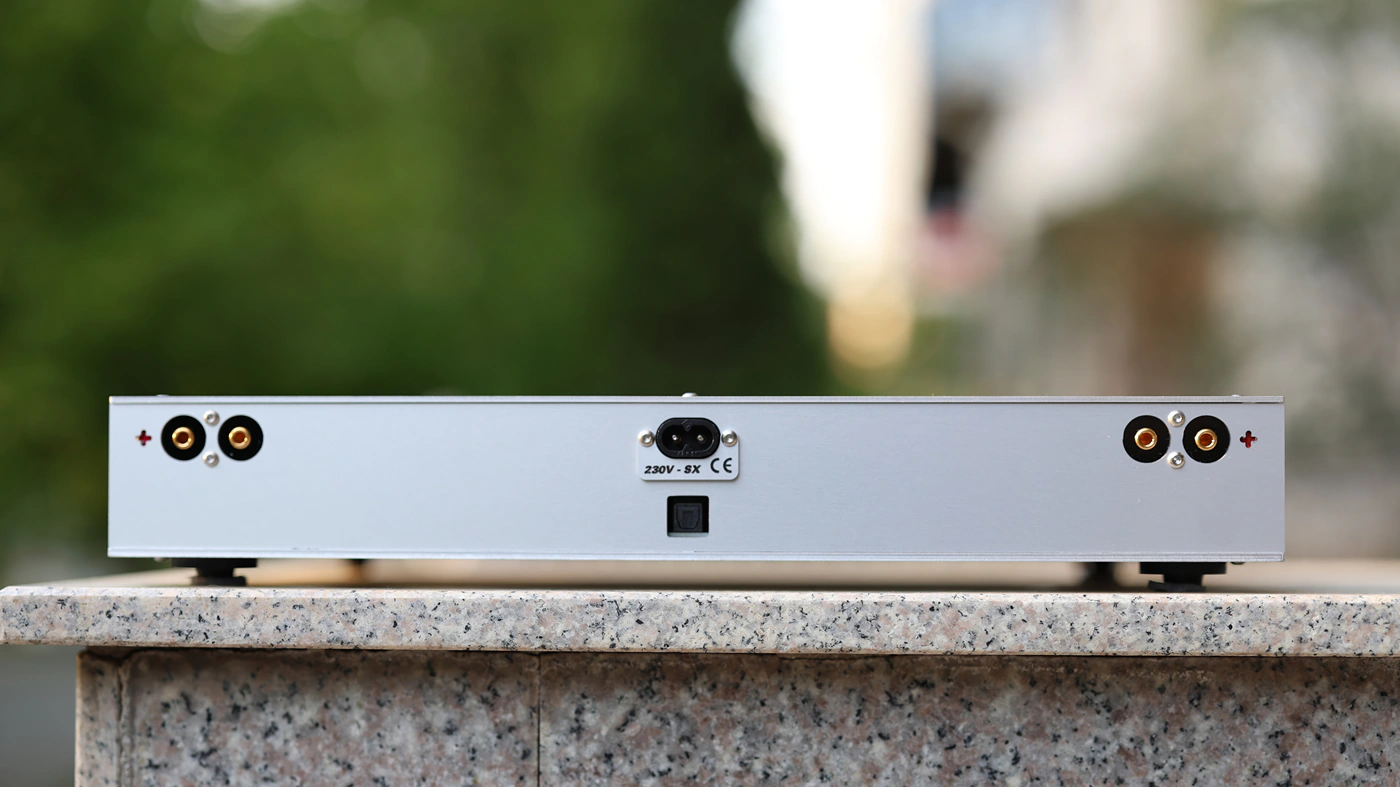
Achieving a full lossless volume control is generally very hard, and to do this, ECdesigns implemented a a bridge matrix system, which basically ensures that only the lowest bits have to change with lower volumes, and the progress is made in small steps, not in the middle as with most Multi-Bit Delta-Sigma DACs. This means that the lower bits are switched using R2R, or Resistor Ladders, while the upper bits are split up using sub bits in the fractal system. This helps to lower the output impedance to 2 OHMs, and improves accuracy, while minimizing glitches. This is an aspect you’d care a lot about, because we usually don’t listen at max volume, and how the volume is controlled will change what we hear in the end.
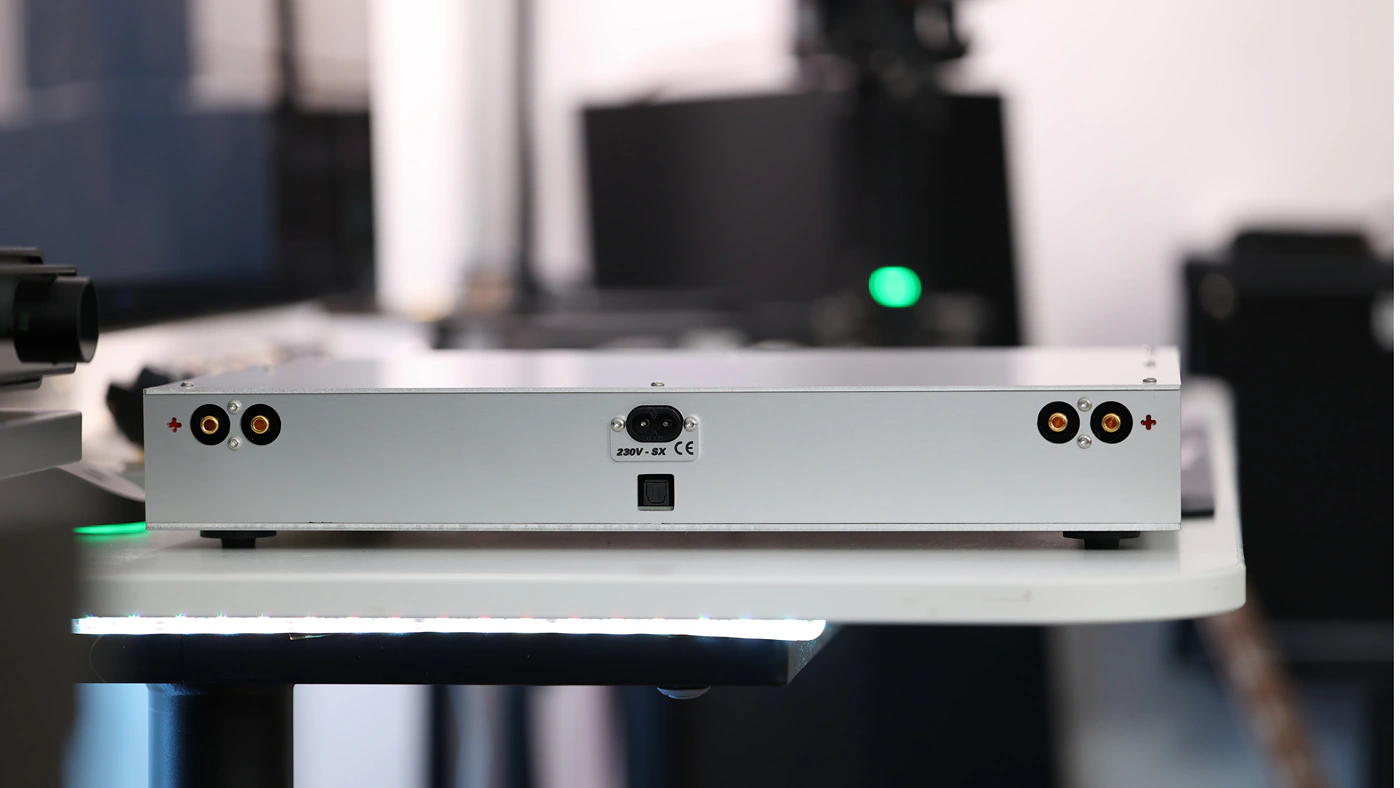
The result is a multi-bit bridge Digital to Analog converter with low enough output impedance to directly drive speakers, and with an accurate and clean high power output. This way, the setup avoids using any kind of Preamplifiers, and any other lossy analogue circuits which would typically degrade the sound, usually required for conventional DACs. Most of the magic is in the DAC with the PowerDAC-SX, and we have 2 x 24 bit Fractal-15 bridge matrix, with discrete, switch and resistor based multi-bit high power bridge converters for the DACs. As far as I know this is the only company implementing DACs this way, and it keeps peaking my interest in learning how the PowerDAC-SX sounds like. The Digital input supports all data rates from redbook, which is the most commonly used one, 16 bit / 44.1 kHz, all the way to High Resolution 24 Bit / 192 kHz, and everything in between.
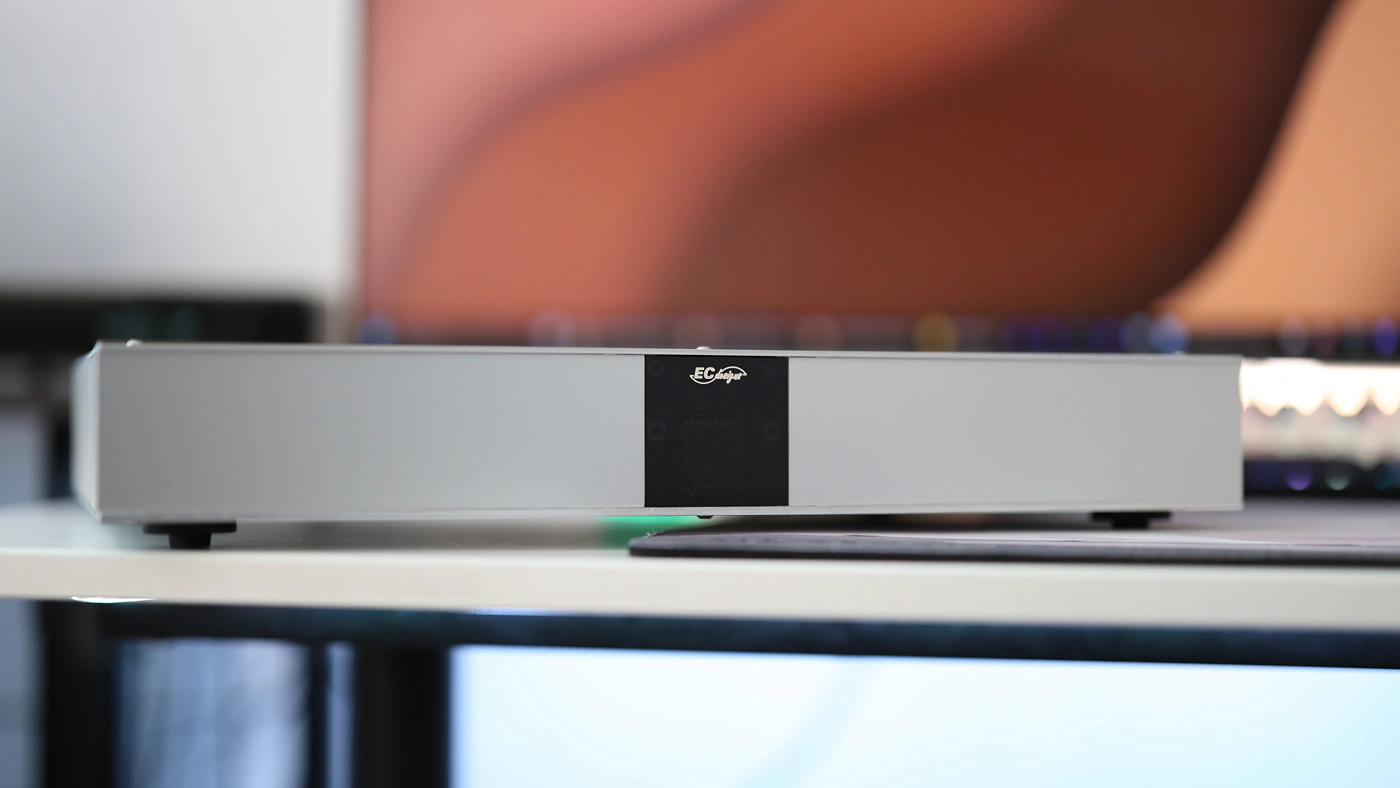
With a power Consumption of 120 Watt at peak power and 7W at low signals, you’d expect the DAC to be warm during operation, but it is really cool, mildly lukewarm at best even at louder volumes in my experience. The Output impedance is set in stone at 2 OHMs for the balanced output, regardless of the volume setting. The volume is controlled by a combination of supply voltage programming, for each 1.5dB steps, and bit shifting at 6dB steps. This way, the volume control is lossless and has a 36dB Range, and you can connect a DAC to directly drive speakers. The output voltage varies between 179 mV rms and 11.35 V rms. The Volume goes from 0 to 24, and there’s a P rating for the bit perfect test passed.
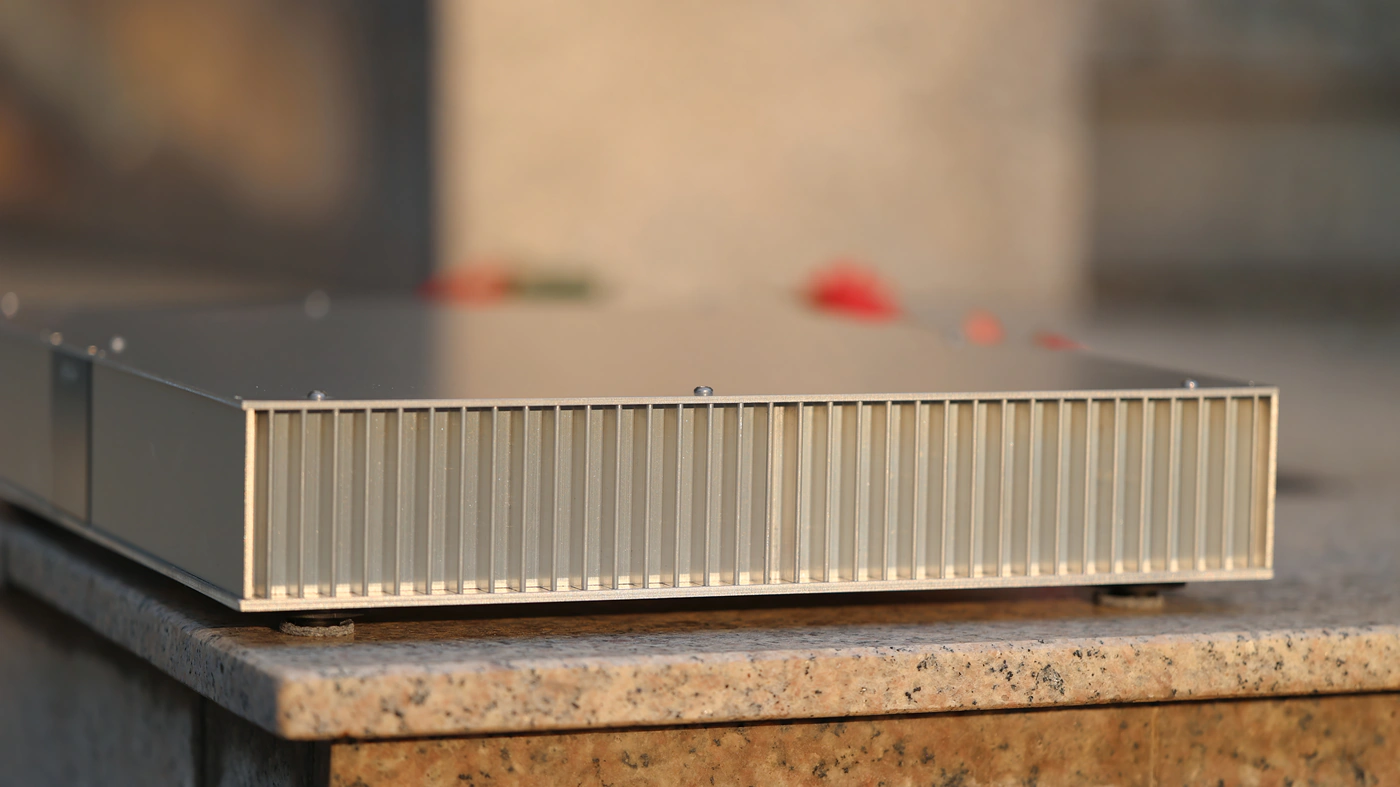
The distortion is lower than 0.001%, and the PowerDAC automatically mutes when it receives no data for 15 minutes. When the data stream is restored it restores the last known volume. You can even update the firmware, and the whole unit is just 6 KG in weight, which is considerably lower than most stereo amplifiers. The IR or infrared remote control is handy for controlling the DAC / AMP, and generally speaking the PowerDAC-SX is a really solid unit. While you may be tempted to ask questions abouc Class, Power-DAC SX has no Amplifier inside, there is no Class, the output comes straight from the DAC, there is no Class A, AB, or D, it is a straight output. The company explains quite well what the tech inside is doing here – https://ecdesigns.nl/2024/07/11/no-pre-amplifiers-in-the-signal-path-at-all/
Subjective Usage
If you have been using a DAC and Stereo AMP for a long enough time, you will likely have noticed that most converters have a bit of background noise, a buzzing, hissing, electronic chipping, and it is very rare that a DAC has no noise. It is actually easier to design an amplifier with zero self noise than a DAC with none, but PowerDAC-SX has absolutely zero noise. I felt like this was not my room after I installed it in my system, and I could hear for the first time what a zero-background-noise DAC sounds like.
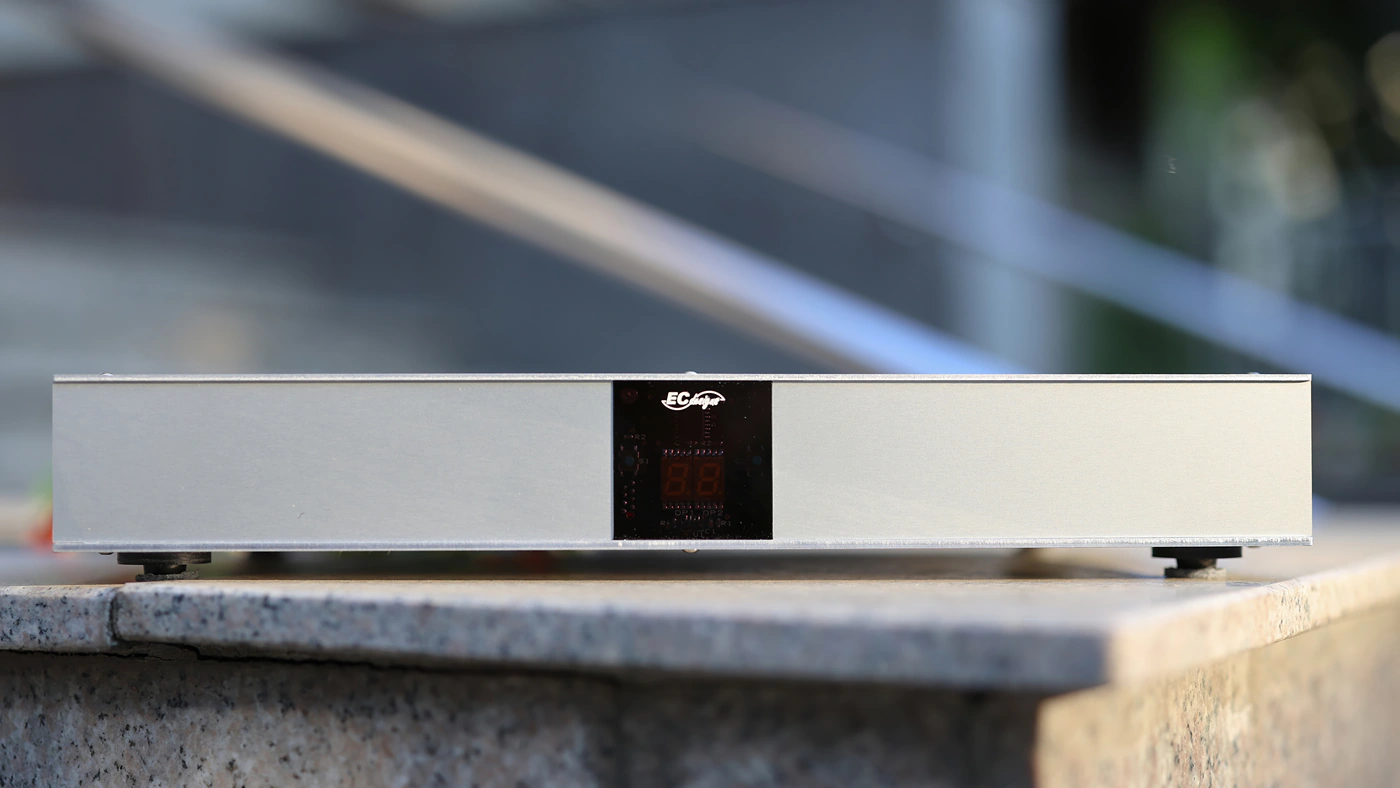
The volume control is literally perfect, there is no click or pop sound when turning the Power-DAC SX on and off, and if you have a good optical interface, you will experience no USB DAC delay. To make sure you are not experiencing any kind of USB DAC delay, ECdesigns makes their own UT192 interface which I tested and reproduces sound in real time, with not even a single frame of delay. UT96 from the company also works well, if you want to spend a bit less and if you’re not using a lot of high res files. The sound and usage of the PowerDAC-SX is literally perfect and it is the one DAC I trust will not betray you at any given moment.
Sound Quality
Pairings – To properly test the PowerDAC-SX, I have paired it with a large selection of speakers, and as here we do not need a PRE, an Amplifier or anything in between really, the test setup has always been ECdesigns -> PowerDAC-SX -> Speakers, and for this I have used Pylon Audio Diamond 30 MKII, NHT C3, Buchardt S400, and KLH Model Five. I have tried adding the Aperion Audio RST MKII, which had a positive impact for Buchardt S400, adding more detail, resolution and giving them better textures, and a bit of extra aggressiveness, doing the same for NHT C3. It is not possible to add a subwoofer when using the PowerDAC-SX, as there is no audio output for it, and if you go to this length to use a high-end DAC with a speaker driving ability, you should not output the audio to a subwoofer, as that will damage the quality greatly, if the sub has any kind of passive crossover. The cable I have used for those tests has been Ricable Invictus Speaker Reference, and the connectors work well for all setups.
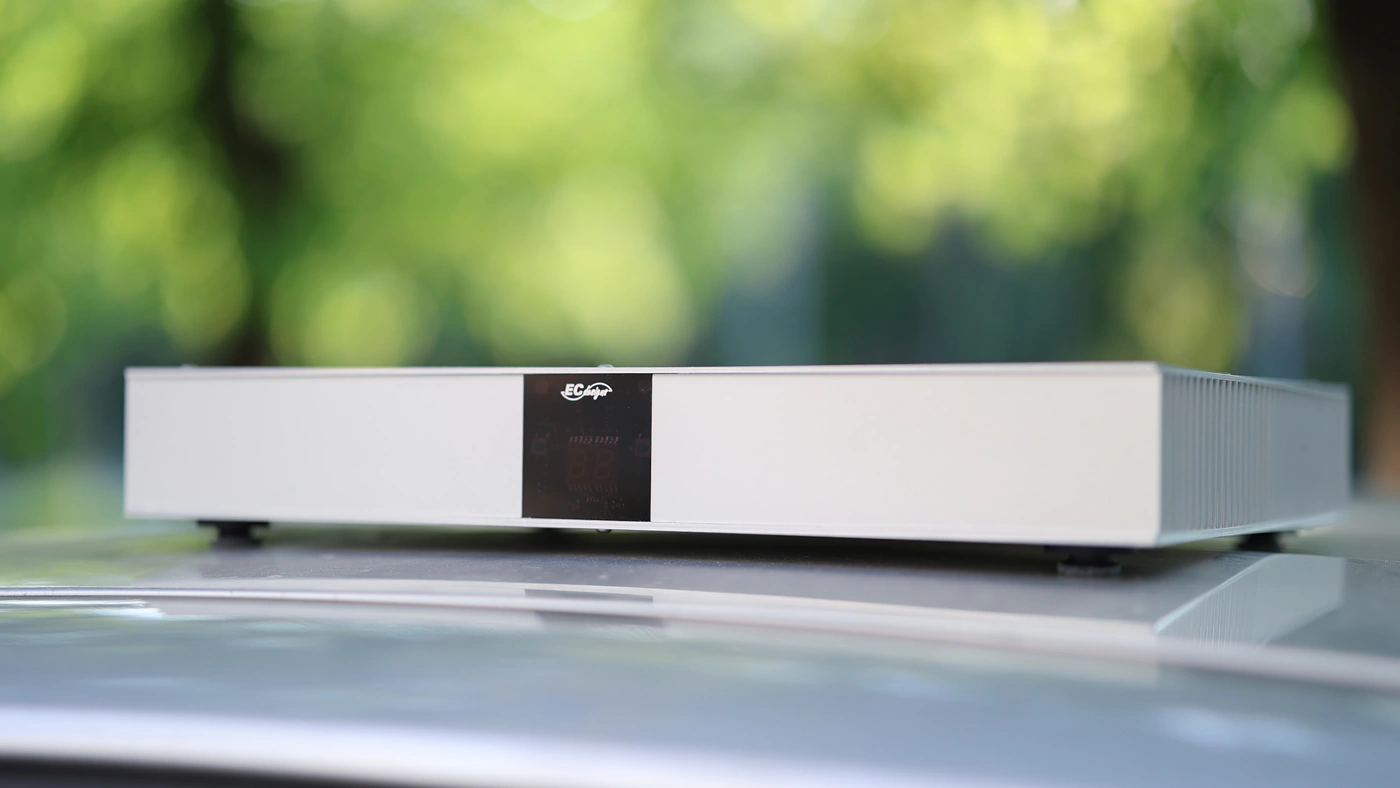
The main observations I have are positive, Power DAC SX will stay quiet, with zero background noise with all speakers, and even if adding the super tweeters, there will still be zero background noise or added distortion. With every single speaker, I actually did not feel the need to add a subwoofer, as the control and impact of the PowerDAC-SX was sufficient, and the bass depth was plenty. All of this resulted in a pleasing, pumped up and enjoyable experience, with the resolution and detail being excellent. Although the sound is quite loud from volume 1, the increase in volume is very slow and linear, and you have a lot of control.
Overall Signature – The tuning and signature of the PowerDAC-SX is detailed, brilliant, airy and holographic, but has the magical sound of R2R slightly soft textures combined with a full, deep bass, and a powerful, bold midrange. Cymbal crashes are brilliant and sharp, while male voices are presented with perfect transparency, they have the right texture and boldness, while the sub-lows and sub-bass are just powerful and deep, even from volume 1. I noticed that even at volume 1, the sound can be what I consider medium listening volumes, so there is a lot of power inside the PowerDAC-SX, but I would avoid using digital volume of any kind, as the whole concept of the PowerDAC-SX is to rely on its lossless volume control. Sound is presented boundlessly with a rich midrange, textures are bountiful, electronic instruments and synths have a magical richness and presence to them, more closely resembling a Tube Amplifier, but without the associated Tube Distortion that we typically see in those.
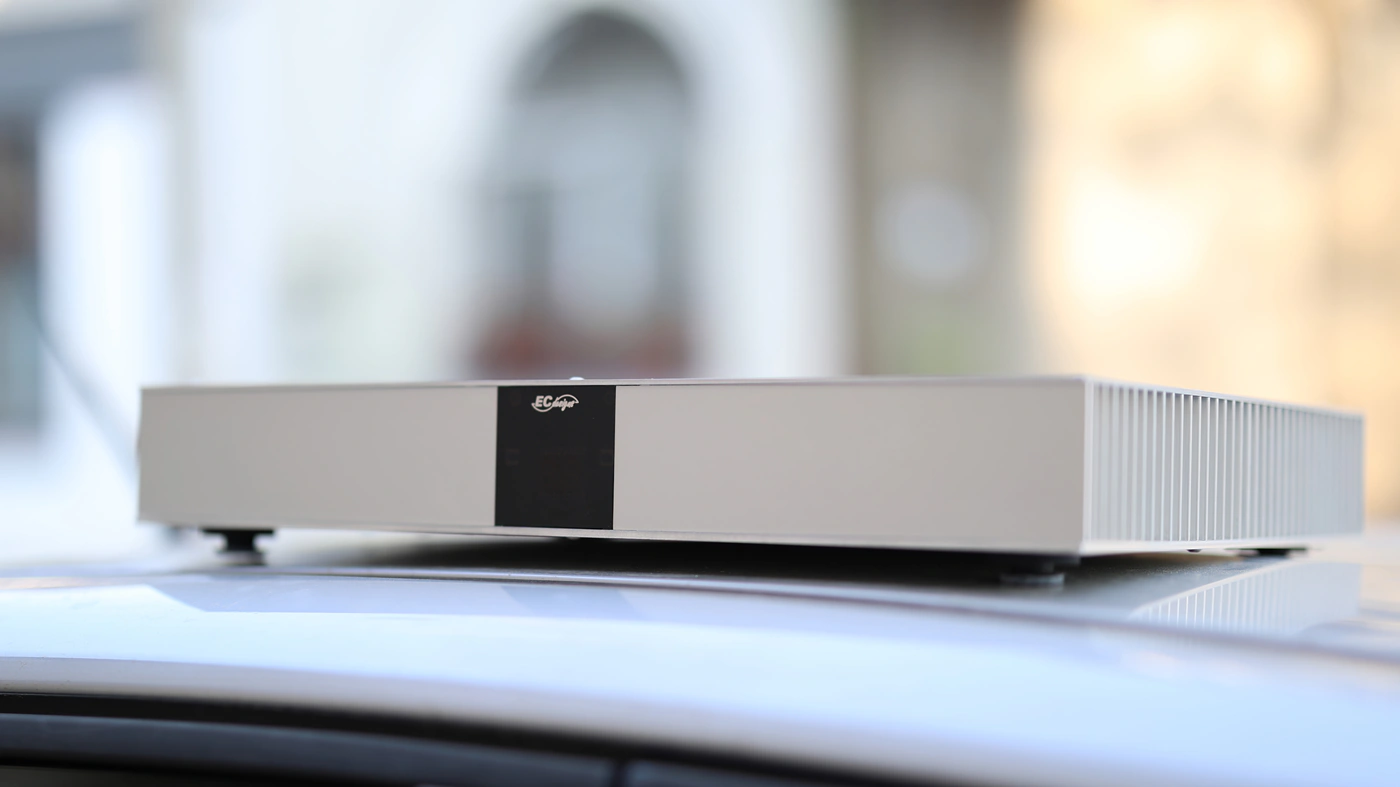
Bass – Bass is magical with the PowerDAC-SX, it is deep, powerful and bountiful, has what I consider to be perfect depth, allowing speakers like Diamond 30 mkii to reach their full potential, and rumble my room with a punchy and deep rumble, but even starting with volume 1 and 2, basically right from the start the bass has all the punch and depth it can put into music. We have a rounded, full bass texture, a slightly warm tinge to the sound, with the bass being the satisfying type, it enhances drums and creates what I consider to be the most natural presentation I have heard, having enough textures to keep up with aggressive music such as technical EDM and Dubstep, but allowing low-end notes in Jazz and classical to have a full depth and presence. Especially with rap and EDM music, I appreciate PowerDAC creating a phat and punchy bass, but it can keep up with Infected Mushroom and Virtual Riot too, so textured, quick bass is created with the same agility as deep rumble is created with power and control. Bass has a remarkably low THD or distortion, and you can bring speakers to 120 dB with no trace of control loss.
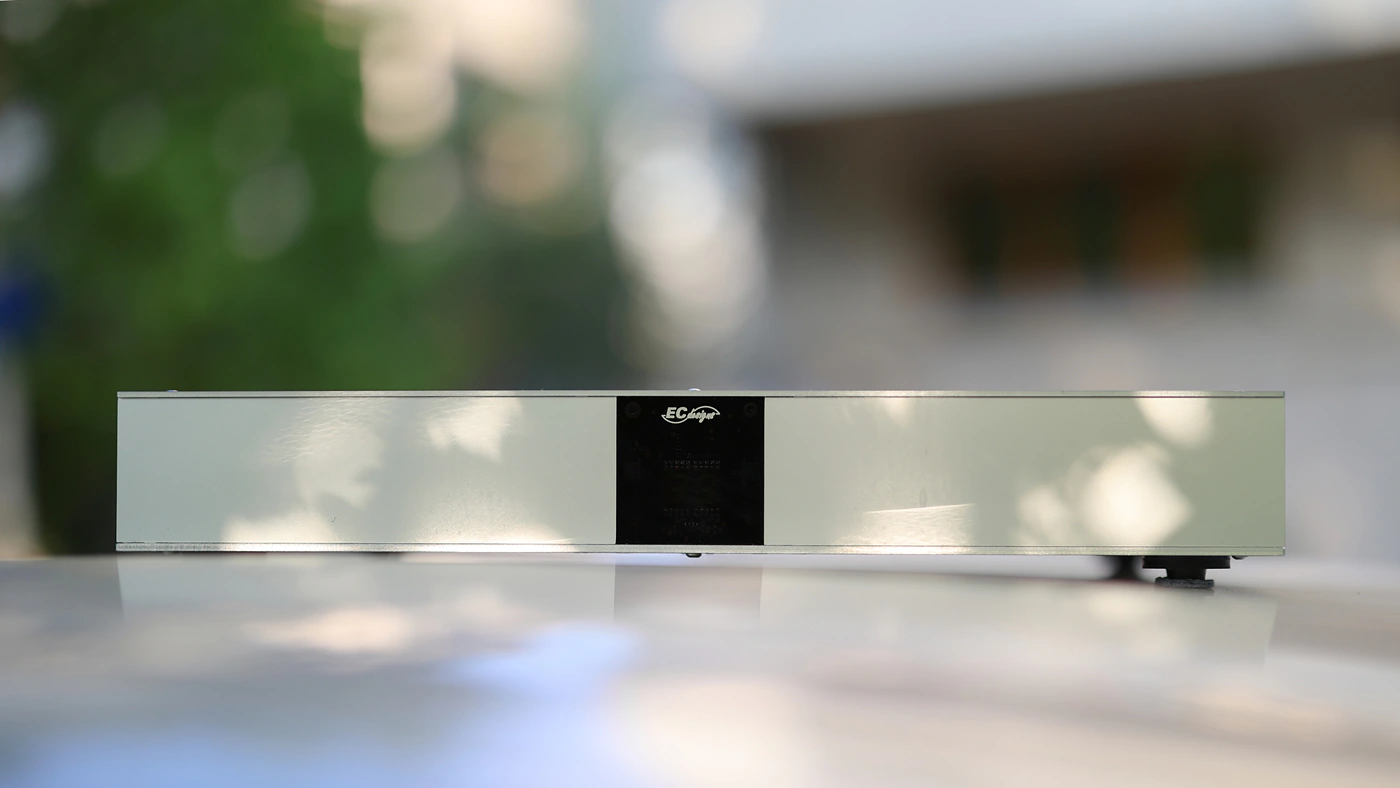
Midrange – Voices are pleasing, all instruments have strong textures, and the presentation of ECdesigns powerDAC-SX is natural and transparent. There’s no specific coloration except for a slight warm tinge, but it is minor, what I notice is the refinement and slight softness that I typically get with R2R DACs, but in a different way. Basically, R2R usually cuts off the texture in music and softens the impact greatly compared to Delta-Sigma DACs, but PowerDAC SX allows you to have all of the texture, just less grungy, and more relaxed. This kind of presentation is superb for rock and metal, where guitars in particular sound exactly as they would in real life, without the digital glare / harshness that I typically notice with most other amplifier / DAC combos. A great song to explore the midrange is Enter Shikari – pls set me on fire, where we have beautiful synths played in the background, along with smooth and dynamic guitars dominating the middle layer. On the foreground we have the synths and the singer’s voices blending together. Guitars fill in the entire room, and create a rhythm element for the entire song, with excellent dynamics, and precision. ECdesigns prides themselves with how low the distortion of their Amplifier DAC is, and I hear that entirely or rather I hear no distortion, regardless of the volume, at volume 1 or at volume 20, at a SPL of 50 dB or at a SPL of 110dB, there is no added distortion, and the DAC can fully control the Pylon Diamond 30 mkii speakers with ease.
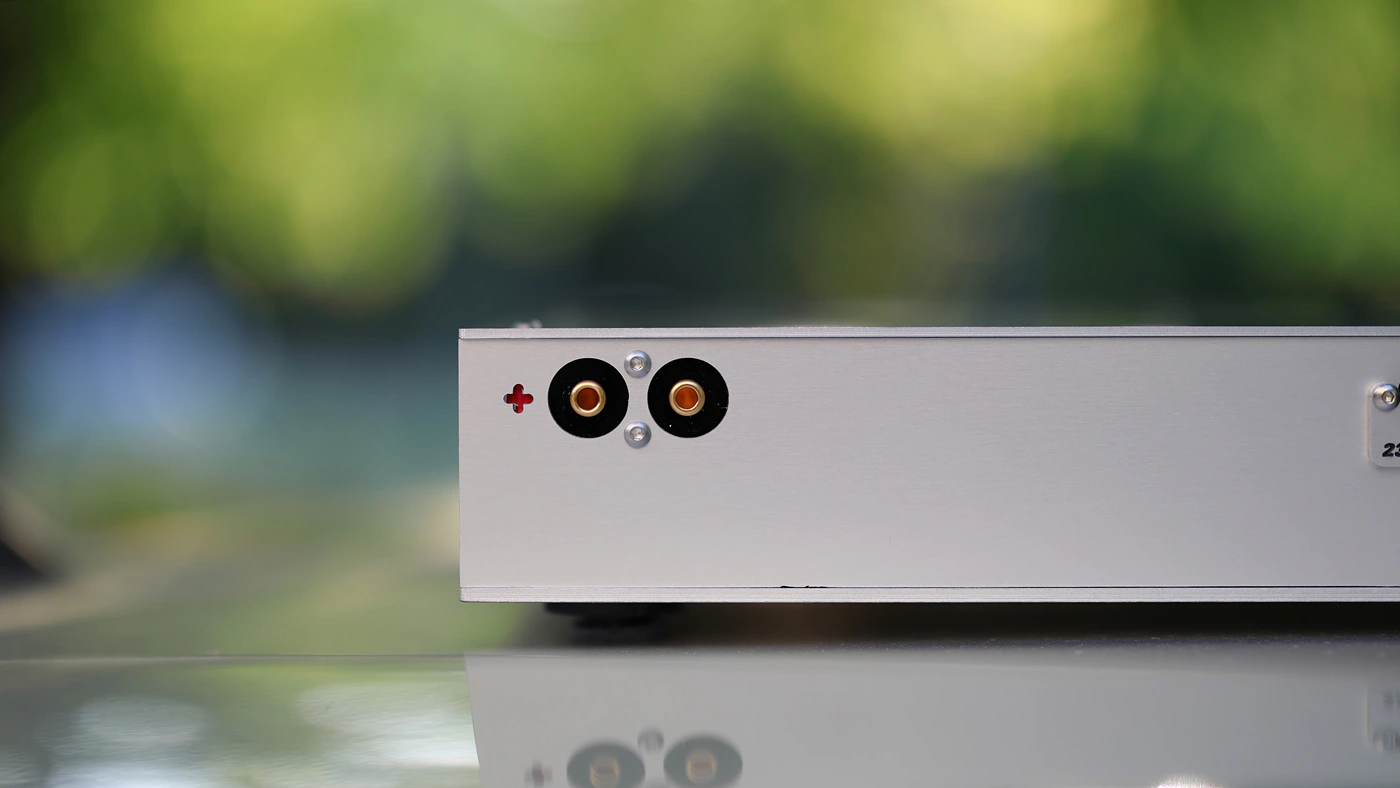
Treble – With a full, bright and airy treble, Power DAC brings sharpness and clarity to music, giving it brilliance and sparkle, a really engaging and punchy presentation. Overall, this kind of sound is balanced, and each element is bold, present and evident, the full bass is balanced by the vivid voicing and midrange, which is also sprinkled and tastefully contrasted by the bright and airy treble. Most speakers and setups can have high-end resolution, and PowerDAC SX will give you the full resolution / clarity you should expect from music. The micro details and micro dynamics are presented in their full glory, each finer bit of music and information is there, aiding to the clarity and transparency of the Power DAC. I can understand what the company means by the lowest distortion achievable, as treble and high-end elements usually suffer first from distortion, and here is zero, none and sound is kept perfectly transparent and clean.
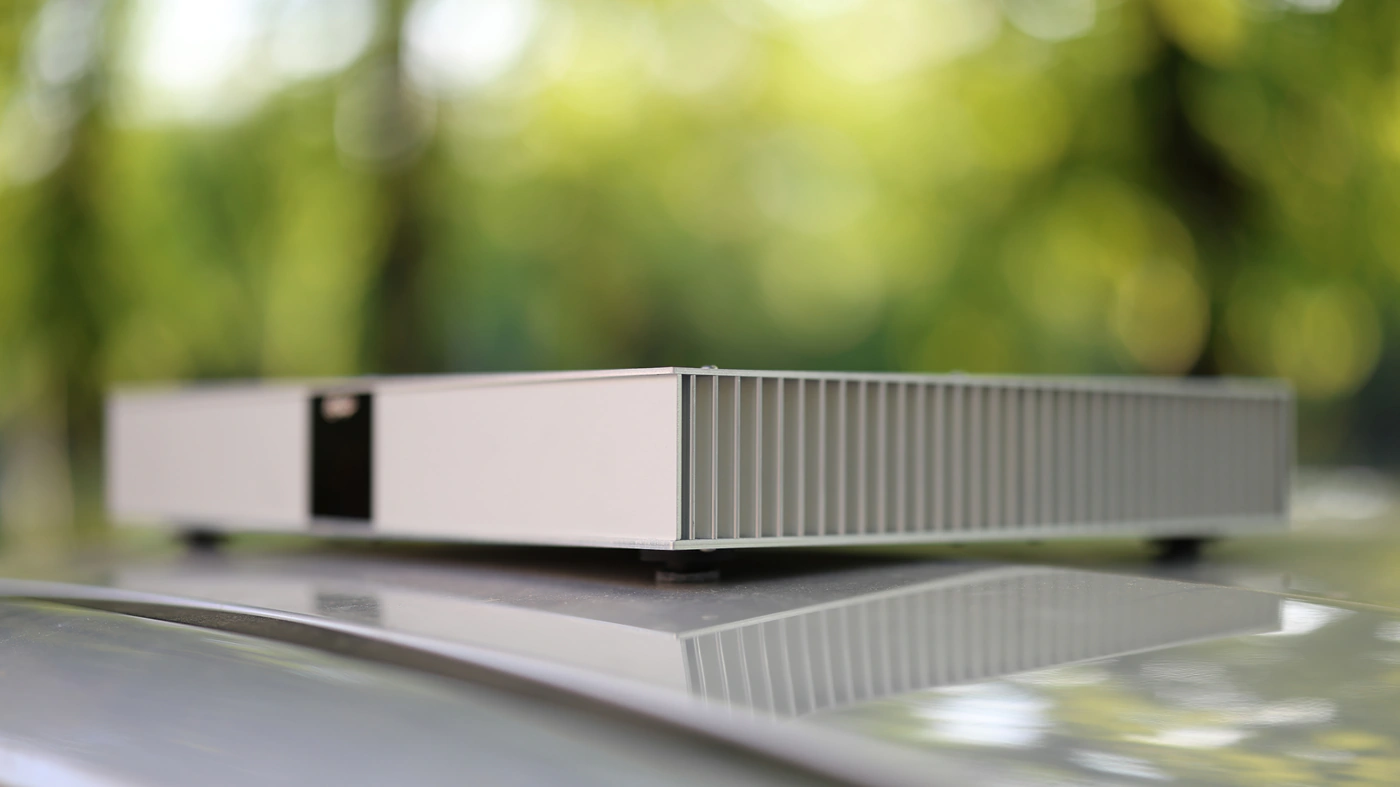
Volume Control – This should be paragraphs long, especially as a lot of the technology inside of PowerDAC-SX is dedicated to having the best volume control possible, but actually, the only thing I really need to say is that it works entirely. The sound has the same volume, same clarity, resolution, bass depth and treble sparkle across all volume levels. The only disadvantage to the design is that at quiet listening volumes, for example, volume 1, most speakers are not necessarily at whisper levels, and are at around 40dB – 50 dB, but the increase in volume is linear, and I can’t notice any differences with higher or lower volumes, the control is achieved perfectly, and PowerDAC-SX made me realize just how scuffed the volume control can be with most Amplifiers and especially at the PRE/DAC level, basically this being the first stereo HIFI DAC that actually has a perfect volume control and doesn’t show any variation in resolution and precision, or bass power with variation in volume. I love being able to get perfect sound at lower volumes as I actually cannot blast 110 dB – 120 dB at all times.
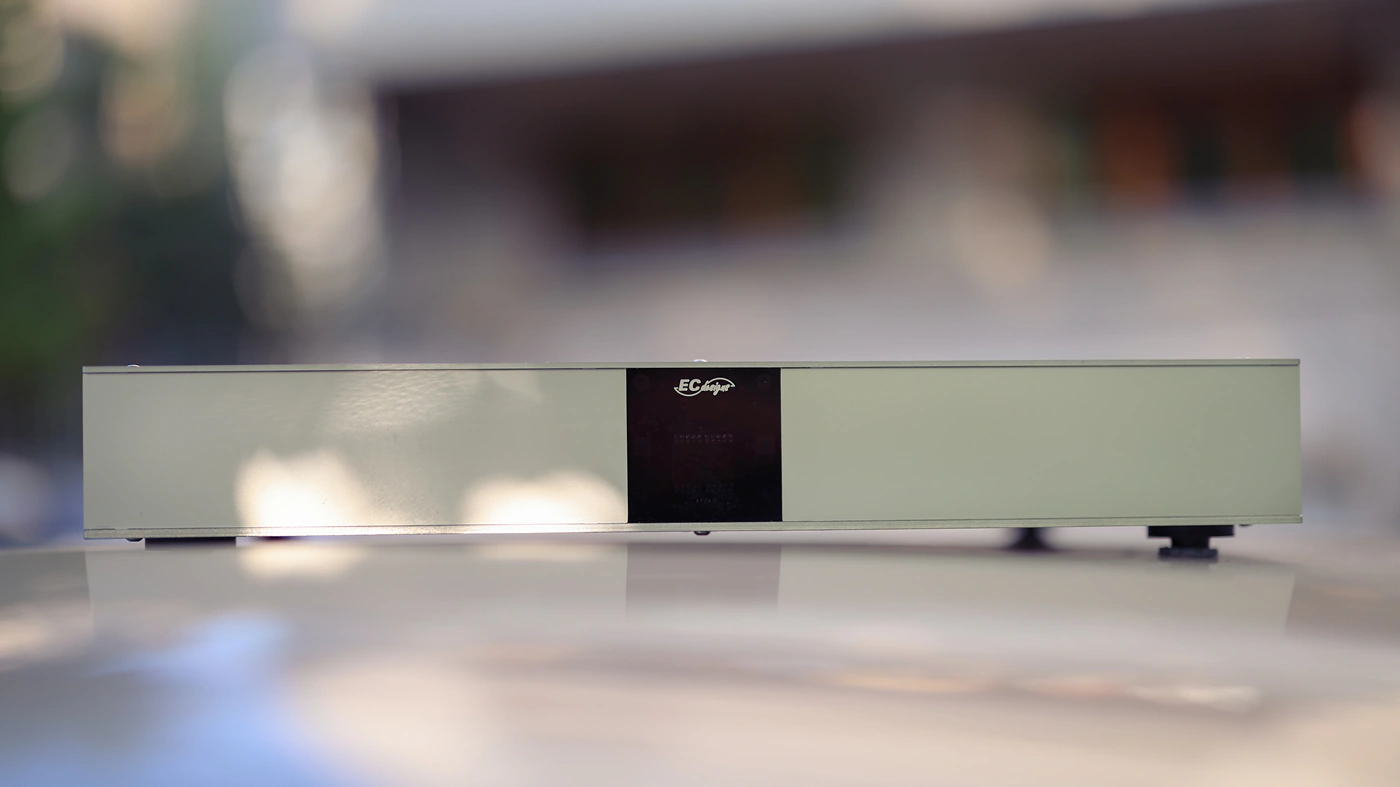
Dynamics / PRaT / Textures – Textures are a big part of what we hear, and PowerDAC SX presents rich and bright textures, each element has its right tonality and timbre, including wooden stringed instruments, wooden acoustic guitars having that specific virnation of the wood in them, while blowing instruments having their specific vibrations and micro details. A large orchestra with multiple singers sounds exactly as it does at the theater, and each layer, each individual instrument is audible with stronger texturization. This can result in a slightly fatiguing listening experience with music that has a sharper or too grungy mixing / mastering. This being said, I prefer hearing everything and having full clarity over music, and here PowerDAC SX does something unique. The textures are rich, but presented slightly softer, in a fashion that reminds me of R2R typical signatures, so you can expect a rich but refined presentation.
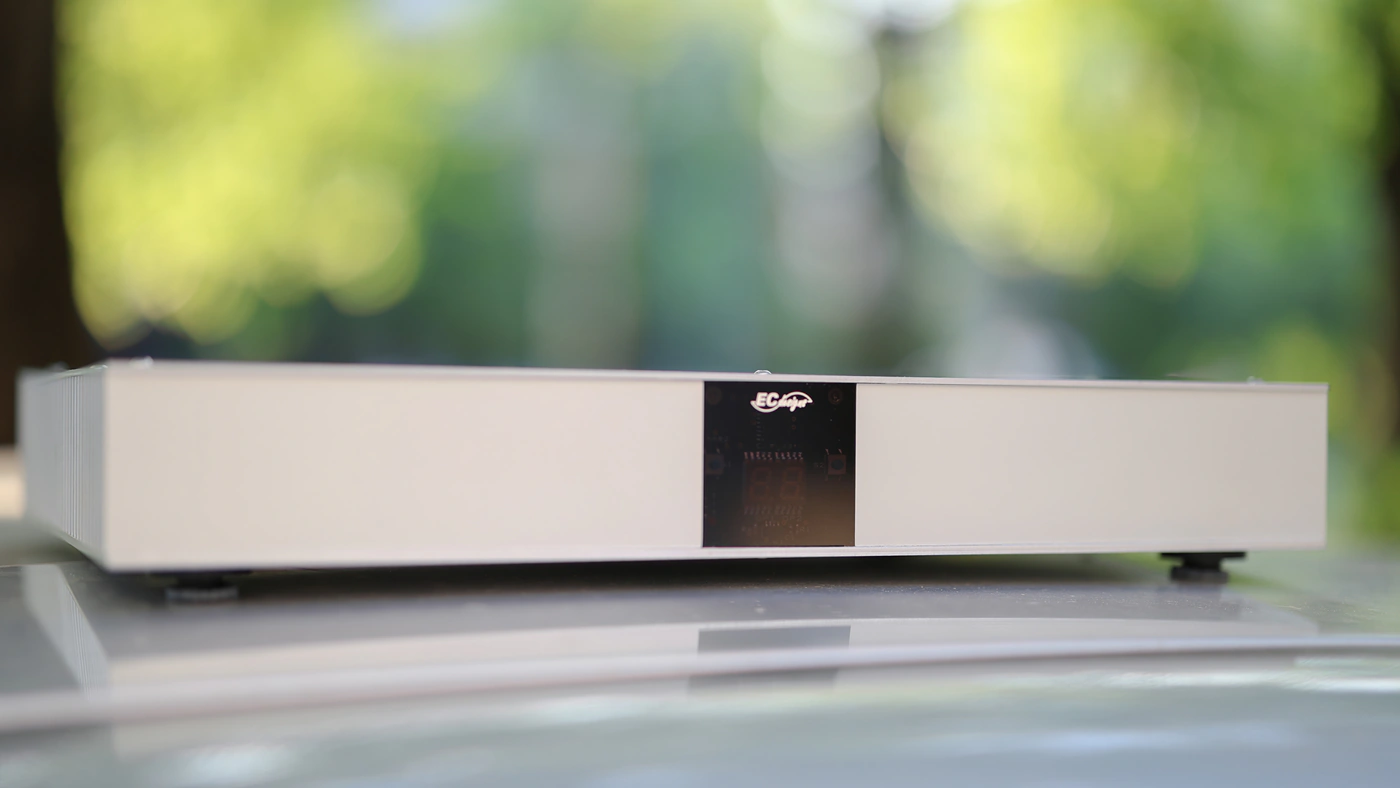
Soundstage – Wide, holographic and boundless is the best way to describe the staging of the PowerDAC-SX. This is the one DAC that can extend your music far outside the confines of your room, project it beyond the limits of your imagination, despite the sound still coming from two stereo speakers. I am talking about pairing it with a pair of Pylon Audio Diamond 30 mkii, and I am hearing sounds that I can only describe as coming from places unknown, spaces that in reality don’t exist. I don’t even have to play a binaural trippy recording for this to happen, and even with your run of the mill pop and edm song, music will be projected universally around you, with an insane instrument separation, top-notch definition for each instrument and layer. I basically love the way PowerDAC SX layers music and the way it expands the stage across the bounds of my room.
Comparisons
While I would want to compare the PowerDAC-SX to a DAC, it only has speaker outputs, so it will be mostly compared to speaker amplifiers, by itself being an integrated DAC listening device. For all the comparisons below I have used either AudioAnalog AAdac, HIFIMAN Prelude, SMSL Do200 PRO, Aune S9c PRO or Dethonray Listening M1 to power the amplifiers down below. While HIFIMAN Prelude has a bit of gain hum which I have mentioned in my full written review, Ane S9c PRO has absolutely no background noise, and neither does SMSL DO200 PRO, while Dethonray Listening M1 has been added for a high-end flagship RCA based DAC, and AAdac for keeping a reference. The cables used in the comparisons have been Ricable Invictus Reference for Speakers.
ECdesigns PowerDAC-SX vs Jadis Orchestra (3700 USD vs 4500 USD)
Build – Jadis Orchestra surely looks more impressive having tubes, it is so much heavier, and it also grows much hotter during usage when compared to the PowerDAC-SX. Something that will appear in every comparison, but to actually use the Jadis Orchestra, you have to increase the price by at least 1000 to 2000 USD to add a high-end DAC, and by that time, it is almost double the price of the PowerDAC-SX. The theoretical advantage of Jadis Orchestra would be that it has mild EQ options with Bass and treble sliders, and a Balance wheel, and it theoretically has multiple inputs, but all of them are single ended, which is a bit of a letdown, when you consider that PowerDAC-SX has a fully balanced design, with volume control.
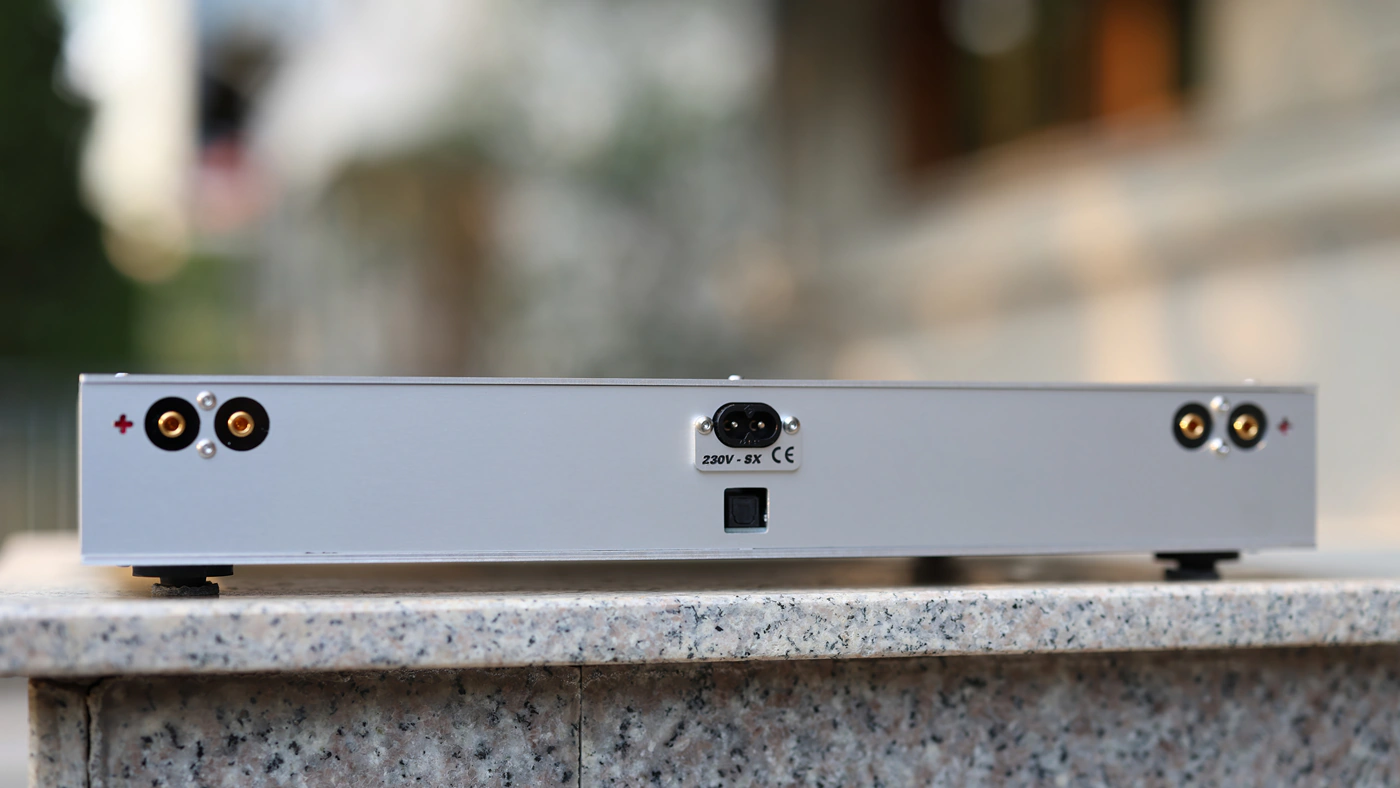
Sound – Sonically, the THD or Total Harmonic Distortion of the Jadis Orchestra is much higher than that of the PowerDAC-SX, and not even considering the DAC that is powering the Jadis, it always has a background noise even with no DAC connected to it, which is to be expected from a Tube Amplifier, as for this type of amplifier, there is a bit of buzzing audible at all times. The bass depth and control of the PowerDAC-SX is much better, with a better clarity, better impact and a deeper bass, while Jadis Orchestra has a much higher distortion to the bass with all the speakers I am using for this test. The midrange is clean, crisp and organic for both, but Jadis Orchestra has a much higher distortion which is always audible, and it also has that Tube texture which at times adds a bit too much grunge and grit to instruments, while PowerDAC-SX adds body and refines the textures, creating a more nuanced and natural sound for all instruments, as well as voices. The treble of the Jadis Orchestra sounds bright, sharp and detailed, with excellent resolution, while PowerDAC-SX has a slightly gentler presentation with a similar degree of resolution and clarity, but a slightly softer tone, keeping even slightly more aggressive music in check. Jadis Orchestra is clearly an excellent choice for those seeking a high-end Tube Amplifier, and the specific sound, but I would generally recommend for most speakers to get a Tube PRE, and leave the power amplification for a Solid State high-end AMP, like Keces S300+, while PowerDAC-SX simplifies the setup, improves on the resolution, lowers the THD and distortion, without drawing quite as much power or creating quite as much heat as Jadis Orchestra.
ECdesigns PowerDAC-SX vs Cyrus One Cast (3700 USD vs 2000 USD)
Build – Cyrus One Cast is a fully integrated DAC / Preamp / Stereo Amplifier, which even has streaming abilities, being one of the most complete packages you can dream of. The stereo amplifier inside is Class D, and this is where I am starting to notice the differences in sonics when comparing it to PowerDAC-SX. The background noise of the One Cast is not zero, and if you are not playing any music, then PowerDAC-SX is visibly completely silent, while One Cast has a bit of background noise always audible, always there. As volume control seems to be an issue with traditional DAC designs, we do have the chance of hearing it, as Cyrus One Cast becomes dynamically compressed and less detailed when listened at lower volumes, only becoming more dynamic, punchier and cleaner when taken very loud.
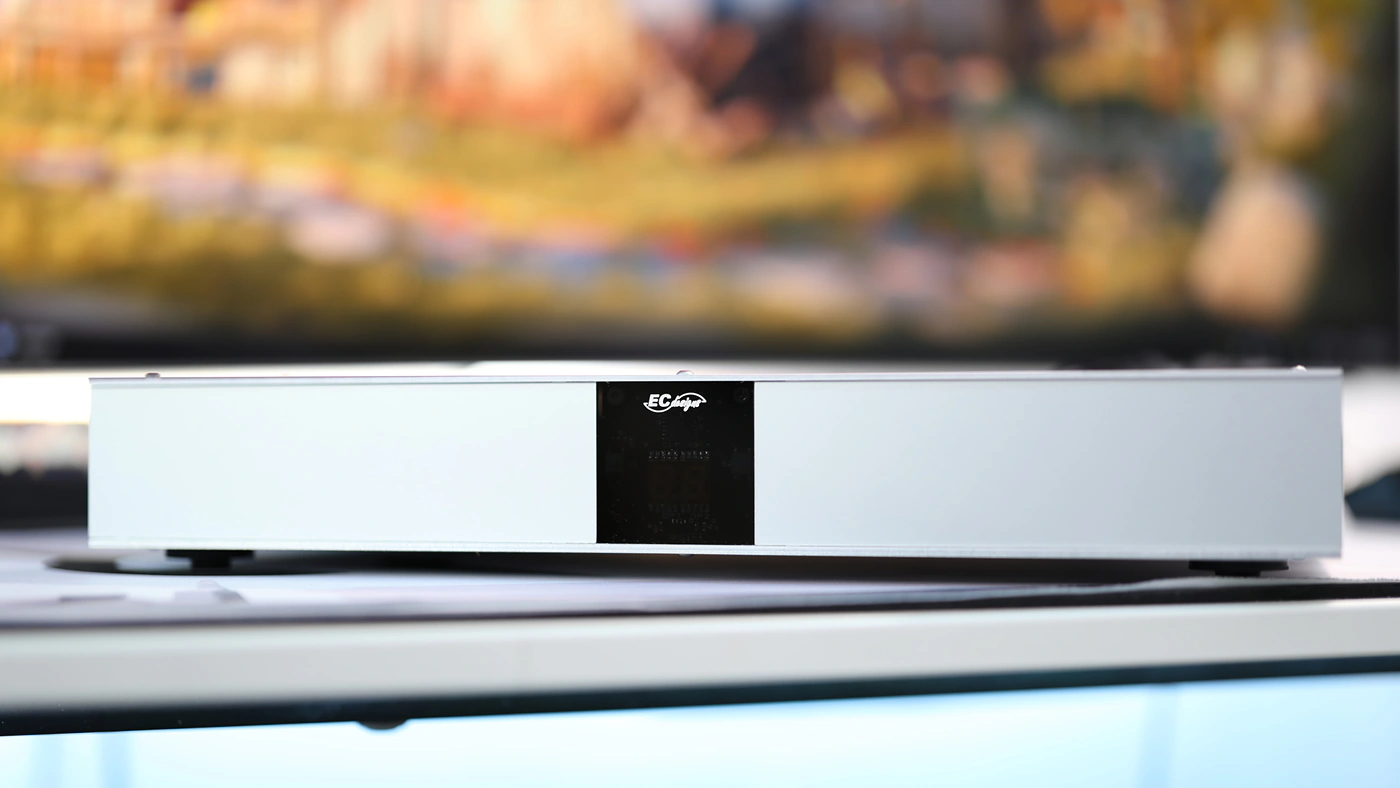
Sound – Even if not taking into account the volume control, PowerDAC-SX always sounds cleaner, more detailed, and has a gentle, but much crisper sound, with a better impact, lower bass depth, higher treble extension and more body to each instrument, a more natural texture and a more rounded overall sound. The Class D Stereo Amplifier inside of the One Cast has a bit of that Class D sound, it has a bit of digital glare, textures are hasher, more edgy, and while at first it seems very detailed, the more you listen to it, the more you realize what the difference between real detail and real resolution, and a digital-ish signature is like. If you enjoy a high-end flagship sound with excellent resolution and the deepest, punchiest bass possible even with hard to drive speakers, PowerDAC-SX is your first choice. Cyrus One Cast is almost half the price, and it has a few extra functions including a Line Out, Line in, USB input, and even streaming abilities, but having so many functions inside of one unit will sacrifice a bit of resolution and add some distortion, basically compromise on the sound a bit down the line. PowerDAC-SX does exactly the other thing, and compromises nothing on the sound quality, while offering a simpler, more streamlined device that should have a technically better performance and increased clarity.
ECdesigns PowerDAC-SX vs Keces S300+ (3700 USD vs 3499 USD)
Build – This has been the most requested comparison from the moment the world knew I was going to review the PowerDAC-SX, and for a good reason. Not only is the price similar, but most people considering the Keces wanted to know if they could skip on the DAC and get the PowerDAC-SX, as a high quality DAC for S300+ would cost at least another 500 if not 1000 USD, and it needs a PRE, otherwise that’s an extra cost too. Keces S300+ became the reference amplifier for my reviews, it has the best driving power, most impact and best overall clarity up to this date, but it is a large, heavy amplifier which turns really hot during usage, and while the self noise is indeed truly zero, it easily amplifies any noise that is present in the DAC that’s powering it. PowerDAC-SX cannot inherit any kind of noise from any source, as there is no physical electrical connection between it and the source, Optical cables always being the most isolated ones. Keces S300+ usually sounds better from a balanced source, so ECdesigns knew what they were doing when they made the whole design of the PowerDAC-SX balanced. As S300+ has no volume control, it needs a DAC and PRE combo to work.
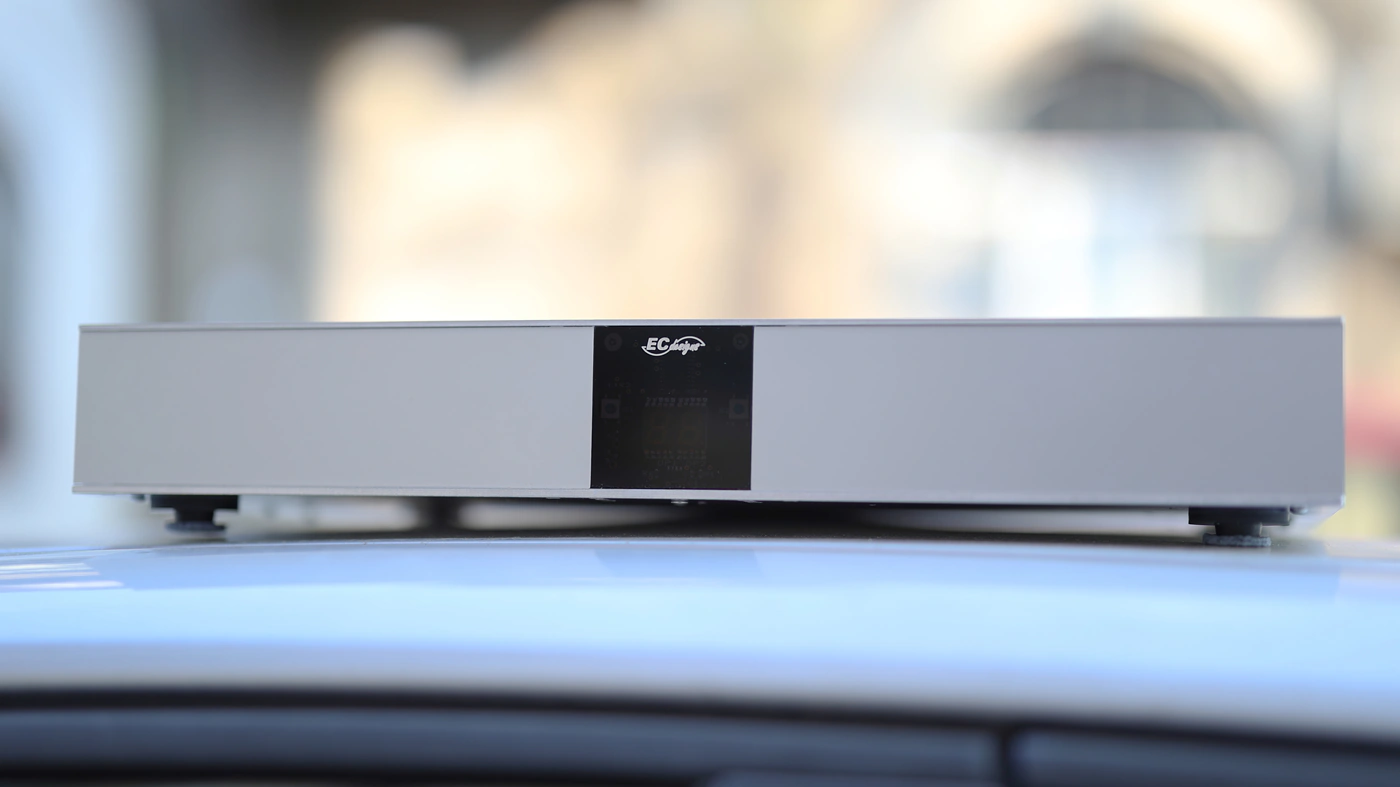
Sound – Sonically when you pump S300+ with a clean signal from a DAC like Aune S9C PRO, or Keces S3, you get a signature that’s bold, precise, brilliant and crisp, with zero distortion, zero noise, but excellent control and dynamics. The signature created by PowerDAC-Sx is very different, as it has a bolder bass at lower volumes, a more natural tonality in the midrange, slightly more separation between instruments, higher degree of definition for each layer, and especially at lower volumes, an increased resolution and cleaner transients, and textures. Regardless of how I control the volume for S300+, it seems like at very low volumes, I prefer the authority and control of the PowerDAC SX, but this may be an issue inherited from the DAC / Preamplifier, rather than from the Amplifier, but PowerDAC-SX set to fix this issue by having just a DAC with Gain rather than a PREAMP and a separate AMP. Overall, Keces s300+ is a more traditional amp and will allow for more fine tweaking, including using a different DAC and PRE, while PowerDAC-SX will sound excellent from the start, and as a setup will be much more affordable to run in the long run.
Value and Conclusion
At the end of the day, unique tech and rare pieces are always carrying a premium price, but with its ability to drive literally every speaker I connected to it, and with its zero background noise policy, ECdesigns PowerDAC-SX proves to be an excellent value, and it is actually competitive in the segment of market it is selling in.
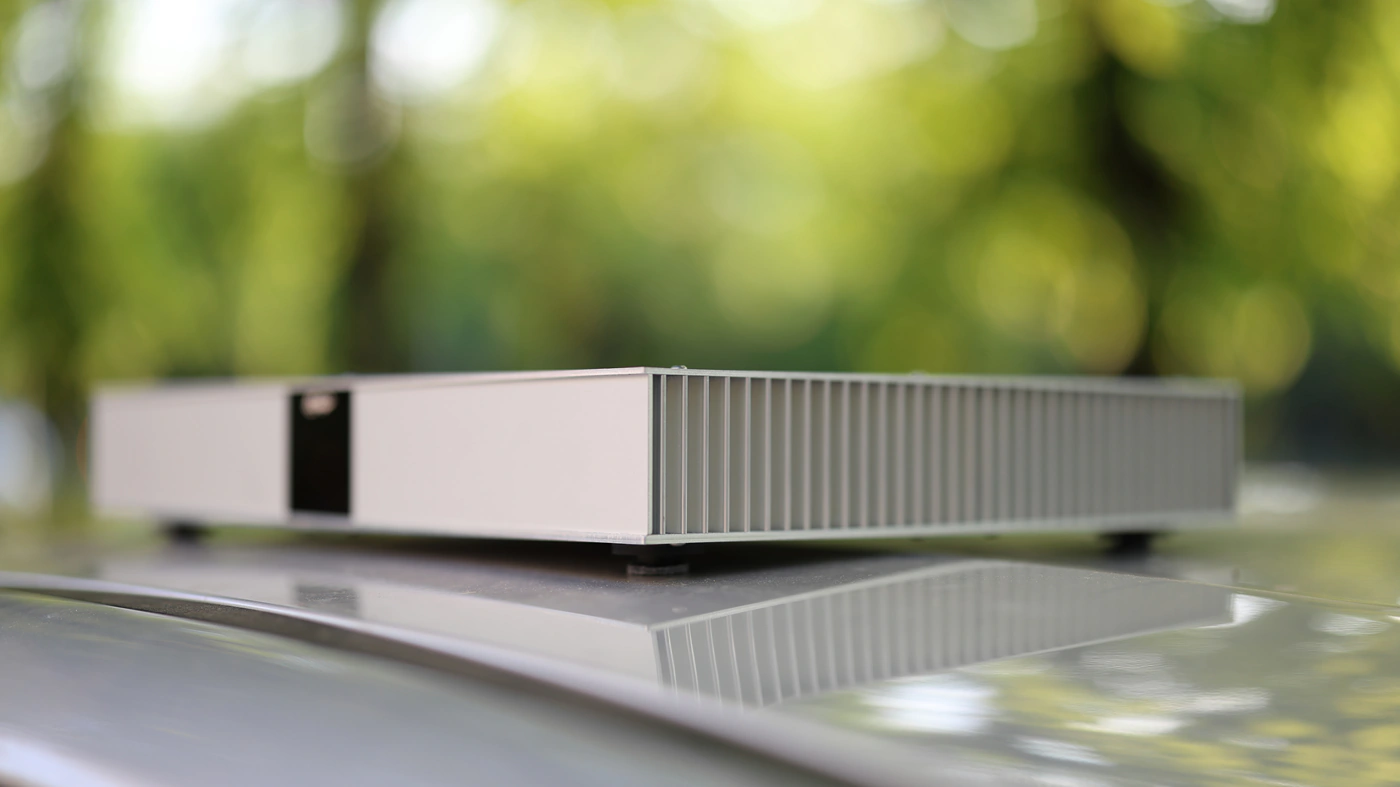
Before the end of today’s review, Power-DAC SX deserves a place in the Audiophile-Heaven Hall Of Fame, for proving that it is possible, for proving that you could have a beautiful sound, without producing a lot of heat, without lossy volume control, and basically without an amplifier, the power of a DAC being more than sufficient to drive even floorstanding speakers, and the whole DAC being a completely new and unique concept that you’d have to hear to believe it can be real.
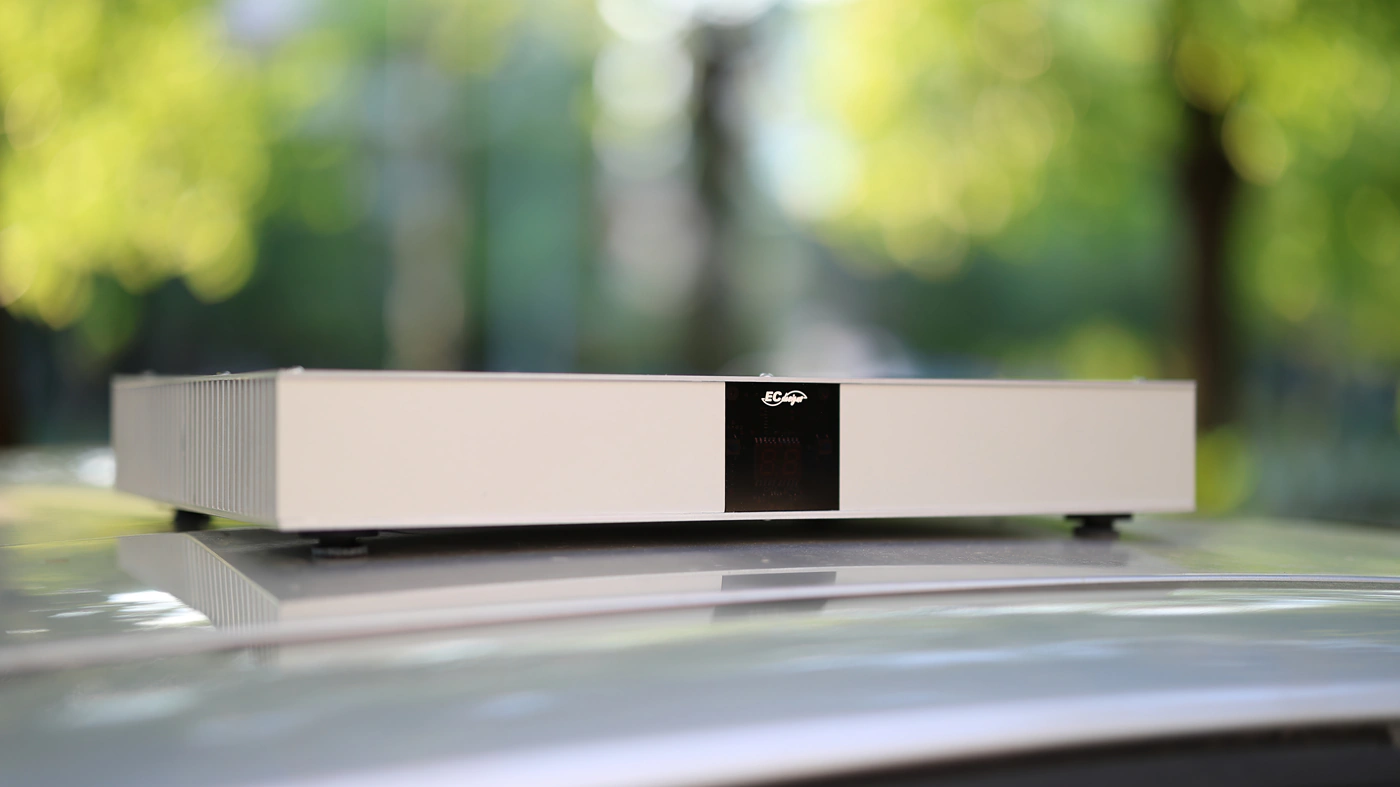
At the end of the day, if you’re looking for a refined, detailed, airy and punchy sound with excellent dynamics, no loss of resolution and clarity regardless of the volume you’re listening at, and if you’re looking to drive most speakers on the market, from an amplifier that doesn’t consume a lot, and which doesn’t grow hot during usage, but which has the resolution and clarity to be competitive in the high-end flagship market, ECdesigns PowerDAC-SX proves to be an excellent choice and a deal that is hard to beat in today’s booming market of innovation and pleasure for each music lover.
Product Link
You can grab one here – https://ecdesigns.nl/product/powerdac-sx/
--- Please remember to stay safe, and always have fun while listening to music!---
- If you have a dime to spare, please donate, and help us! It would make the day brighter for me and my wife-
Full Playlist used for this review
We listened to more songs than those named in this playlist, but those are excellent for identifying a sonic signature. I recommend trying most of the songs from this playlist, especially if you’re searching for new music! The playlists are different for Spotify, Tidal and Youtube, and based on the songs I enjoy and are available on each!
https://www.youtube.com/playlist?list=PL_cjBXGmwSHSdGcwuc_bKbBDGHL4QvYBu
https://open.spotify.com/playlist/5J3oloz8Riy9LxEGenOjQ0?si=979ba4f082414be7
https://tidal.com/browse/playlist/330fd544-8e5b-4839-bd35-676b2edbb3d5
--- Contact Us ---






i hear before about this dac and i understood a need for a clean signal butt this still have a lot of risk because if that power is not enough to drive customer speakers …what to do? You could not use it just as a dac connected to some other amp (or ?) I doubt this could drive well for example Harbeth M 30.1 with -85 db – even it did not drop lower that 6 ohms….on other hand maybe i am wrong ….
Hm… I cannot guarantee, but with Pylon Diamond 30 mkii the power is plenty, and some friends who ordered it have driven even harder to drive speakers, and they’ve been ok. So while I cannot guarantee for that exact pair of speakers, the power has been plenty for everyone who got it. 85dB is on the hard to drive end, but I am sure the company could help with this also if you want to shot them a question
please do a headphoe review too with this.
Will be working on this, hopefully as soon as I get more converters from speaker output to headphone, as currently the only one I have is really old, from He6SE